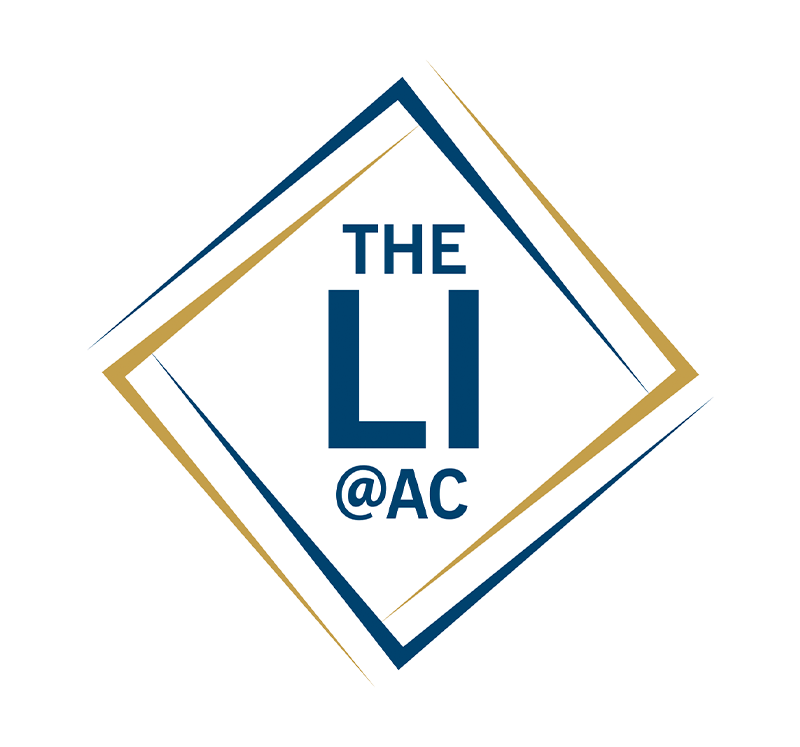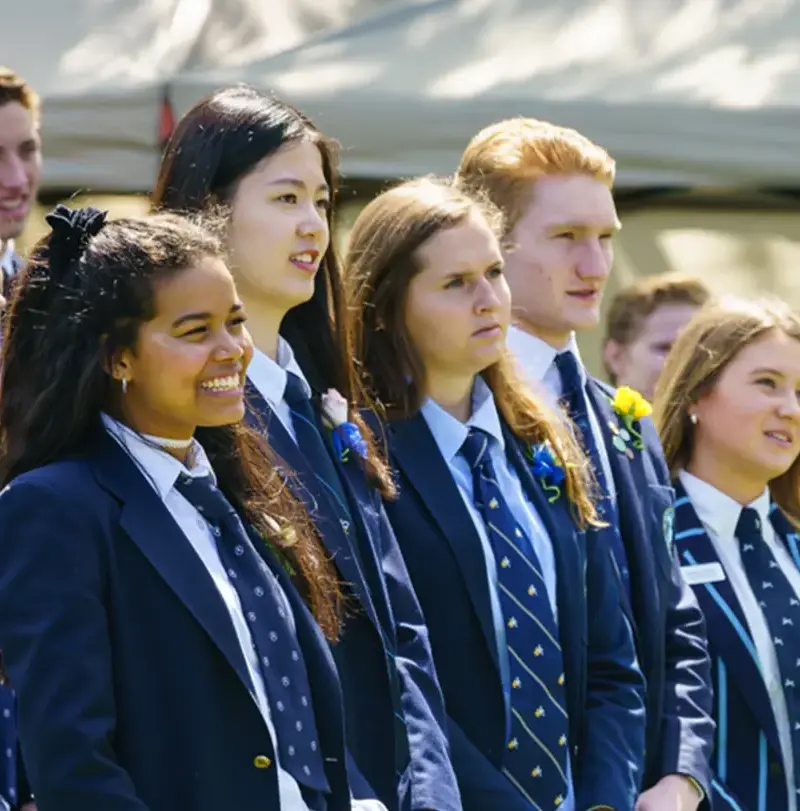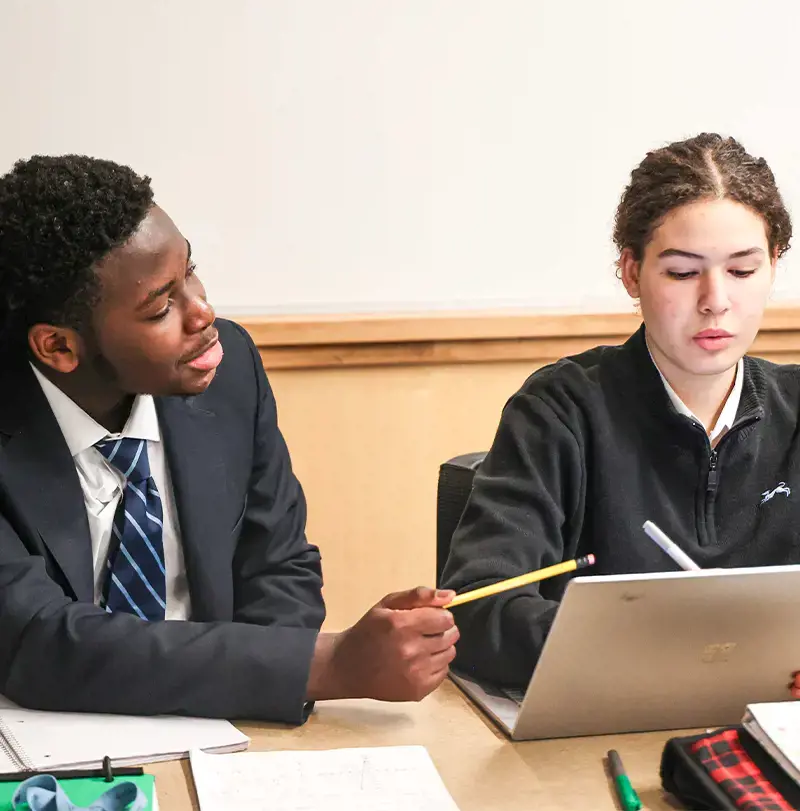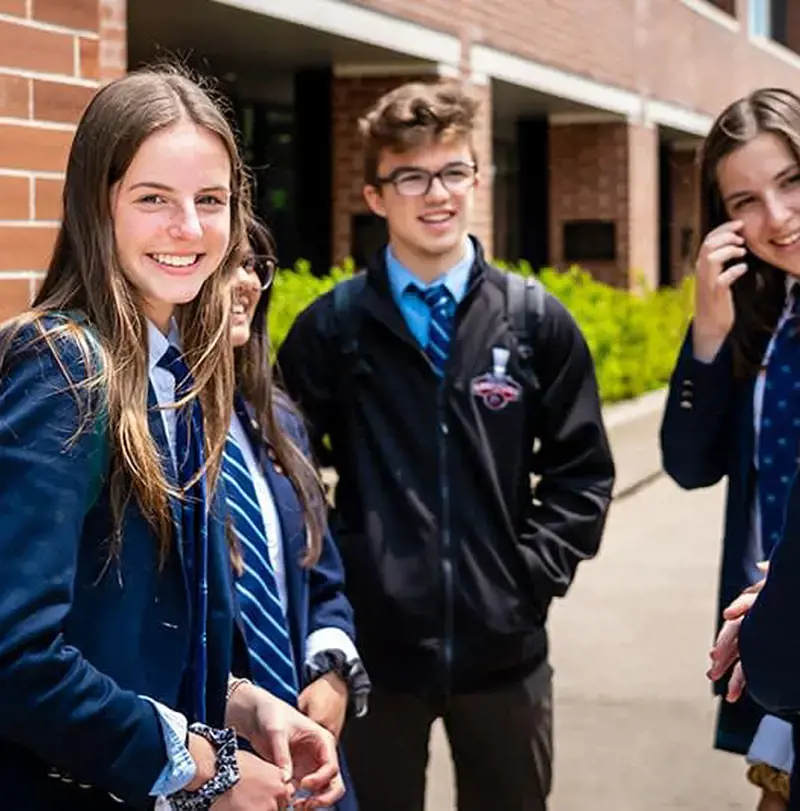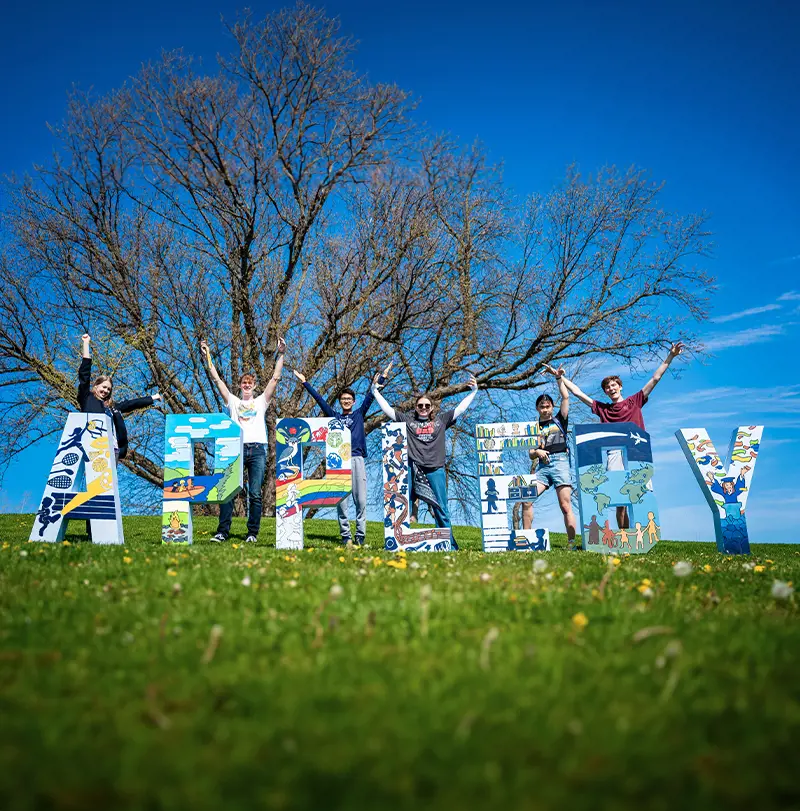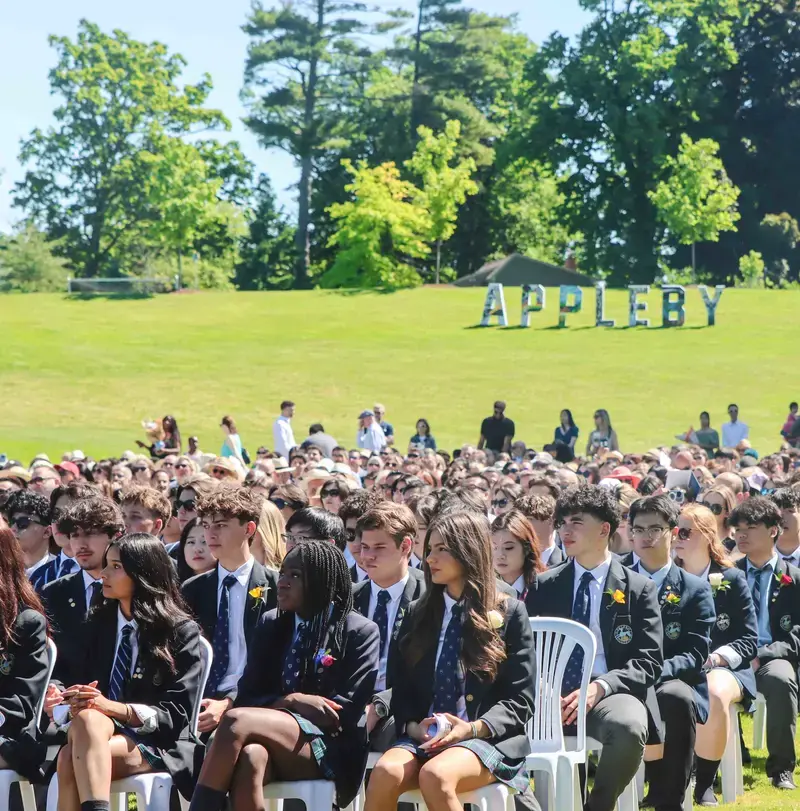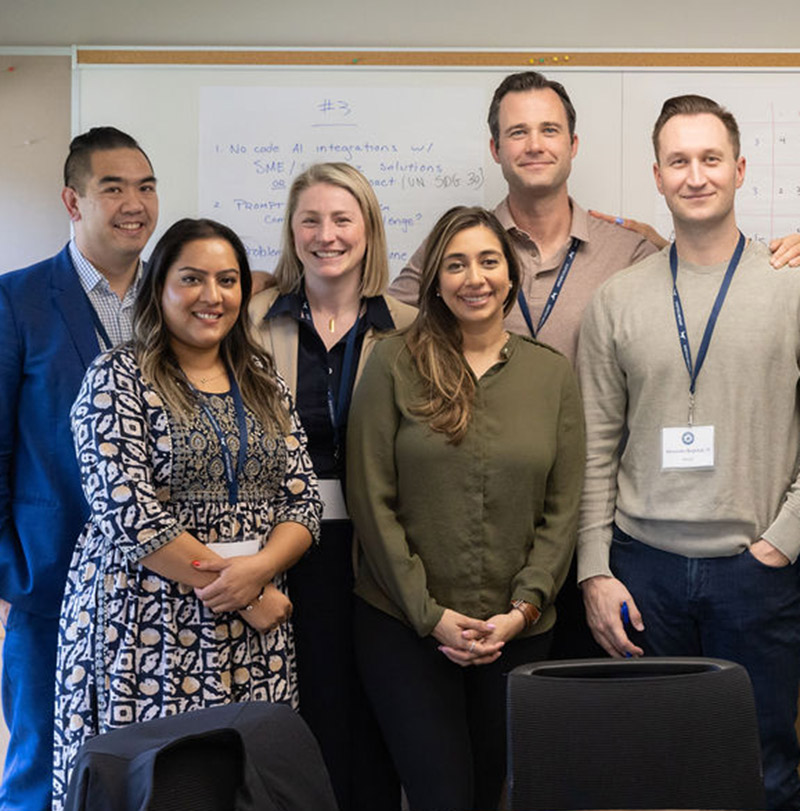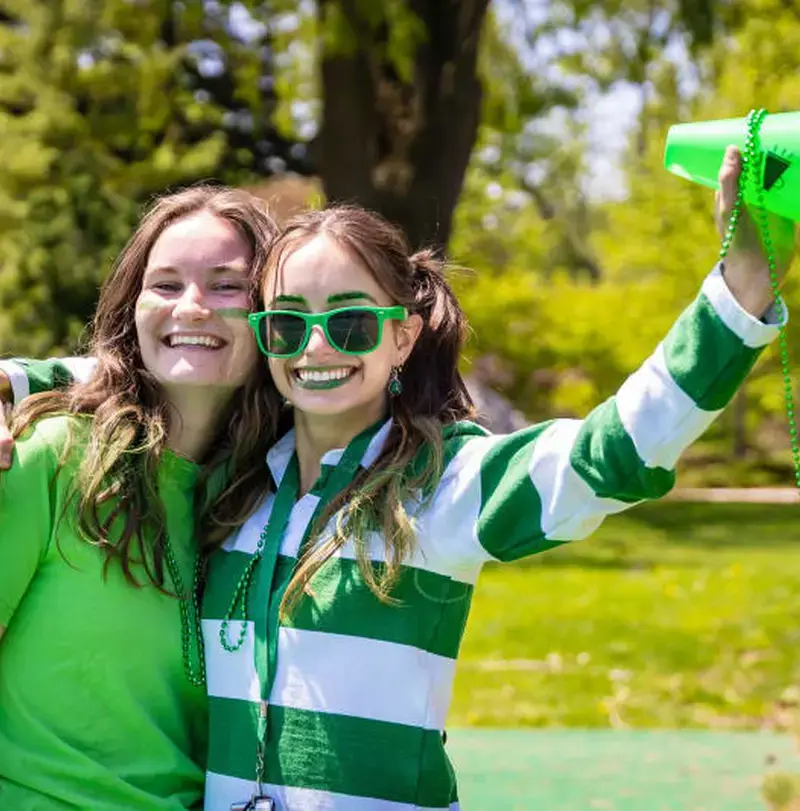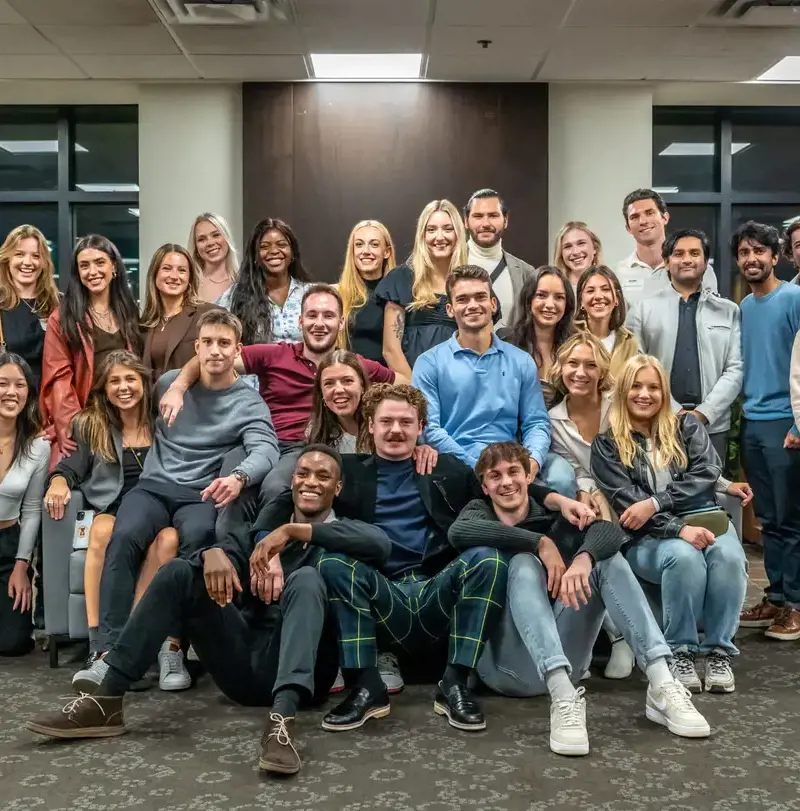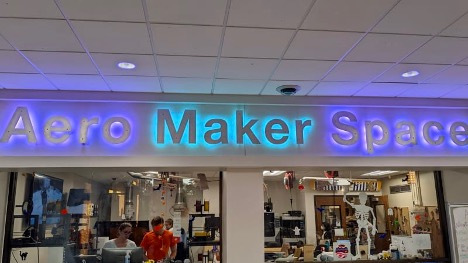Reflections from Georgia Tech
by Fox Bright
I’m always wondering about the future when it comes to design and technology education. Am I preparing our students in the right way? Is the Design Lab an accessible and friendly place for all? What is up-and-coming that can make a big impact on our community? What are innovative educators doing in similar spaces? These are the kinds of questions that I took with me to the International Symposium on Academic Makerspaces hosted by the Georgia Institute of Technology. The ISAM conference was centered around the presentation of 25 research papers that tackled contemporary issues in makerspace, design, and technology education.
.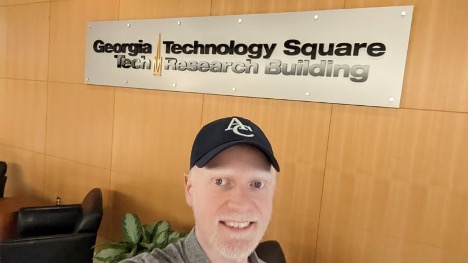
Devin Kellaway-Bright at the International Symposium on Academic Makerspaces (ISAM) hosted by the Georgia Institute of Technology.
The conference schedule was decorated with tours to local makerspaces. With names like “Invention Studio”, “Hive”, “Prototyping Lab”, “Aero Makerspace”, “Biomedical Engineering Design Shop”, and “MILL (Materials Science & Engineering)”, I felt like creativity was everywhere. The Invention Studio at Georgia Tech was an absolute buzz of student activity when I walked in. Groups of students were excitedly working on bits-and-pieces of their projects. I saw people working on sewing, soldering, endless 3D printing of all kinds, lasers firing away, bicycle repair, and evidence of problem-solving sprawling across the tables. With a competition deadline on the horizon for students there was a real sense of hurried determination. One student project was funded by the lab via a “student project innovation grant.” His enthusiasm and passion for his work was contagious as we chatted about his ambition and challenges.
There seemed to be one theme on which everyone could agree: despite the cost, risk, logistics, noise, mess, chaos – above all the logical reasons against it – the core to a successful space is a strong student-centered community and approach.
Machines of all kinds were producing dozens of student-created designs. Teams of student volunteers were coordinating queues for production and helping other students. Signs like “who to ask for help” and “scan here for a video instruction” were placed in key positions. One student divulged to me the biggest incident that the lab had encountered: another student had snuck into the lab after-hours to work on a project independently. Another student told me they barely used their apartment because any free time was spent in the lab tinkering. When I asked about the most important part of the lab, one second-year student told me: “the opportunity to use the tools got me in, but it was the community that really matteered."
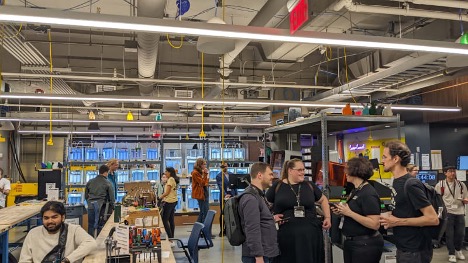
The Invention Studio at Georgia Tech was an absolute buzz of student activity when I walked in. Groups of students were excitedly working on bits-and-pieces of their projects.
Across all spaces I visited, presentations, posters, and conversations over a meal, there seemed to be one theme on which everyone could agree: despite the cost, risk, logistics, noise, mess, chaos – above all the logical reasons against it – the core to a successful space is a strong student-centered community and approach. A few examples of what leaders in this space are currently doing:
- Embracing student-led initiatives through funding, committee, and community development (see: Fostering Culture in a Student Volunteer Run Makerspace).
- Offering robust training programs for students, with year-over-year continuity in mind, and helping them share their accomplishment through micro-credentials. (see: MakerSpace Workshop Badges: Student Perceptions & Use of Informal Credentialing)
- Building out these types of spaces in unexpected places, like their boarding houses or portable tractor trailers.
- Reaching out beyond traditional engineering disciplines (see: Promising Practices to Support Class Projects That Incorporate the Use of an Academic Makerspace) and investigating barriers (see: Proficient in Pink? Exploring the Perceived Impact of Gender-Stereotyped Personal Protective Equipment on Women in Makerspaces (presentation award winner!)
- Trusting students.
When I asked about the most important part of the lab, one second-year student told me: “the opportunity to use the tools got me in, but it was the community that really mattered.”
Reflecting on my experience at the conference, I started to think about what this all might mean at Appleby:
- Learning Culture: If the key to successful spaces is putting students first, how might we invite students to take more ownership over the design & robotics labs?
- Student Equity: The nature of these spaces can be inherently exclusionary for some groups. Building self-efficacy in students and mitigating barriers to access are key. How might we build programs where students feel belonging?
- Co-creation & Interdisciplinary Learning: How do we value all types of making & design? How might we involve the school community in setting direction?
- Training, Micro-Credentialing, Achievements: How can we help Appleby student & staff build skills and share those skills with others when needed?
Sure, there will be challenges, but isn’t this about design, after all?
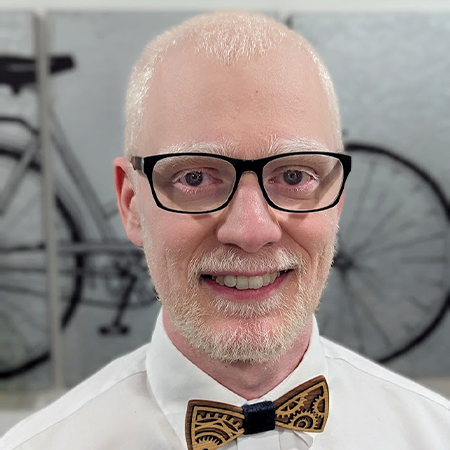 |
ABOUT THE AUTHOR FOX BRIGHT - Instructional Design Technologist Devin is a designer, educator, and starter of many hobbies. At Appleby, Devin is an Instructional Design Technologist. Devin works with the Appleby community on creative projects of all kinds. Devin enjoys architecture, industrial design, music, cycling & travel. |
